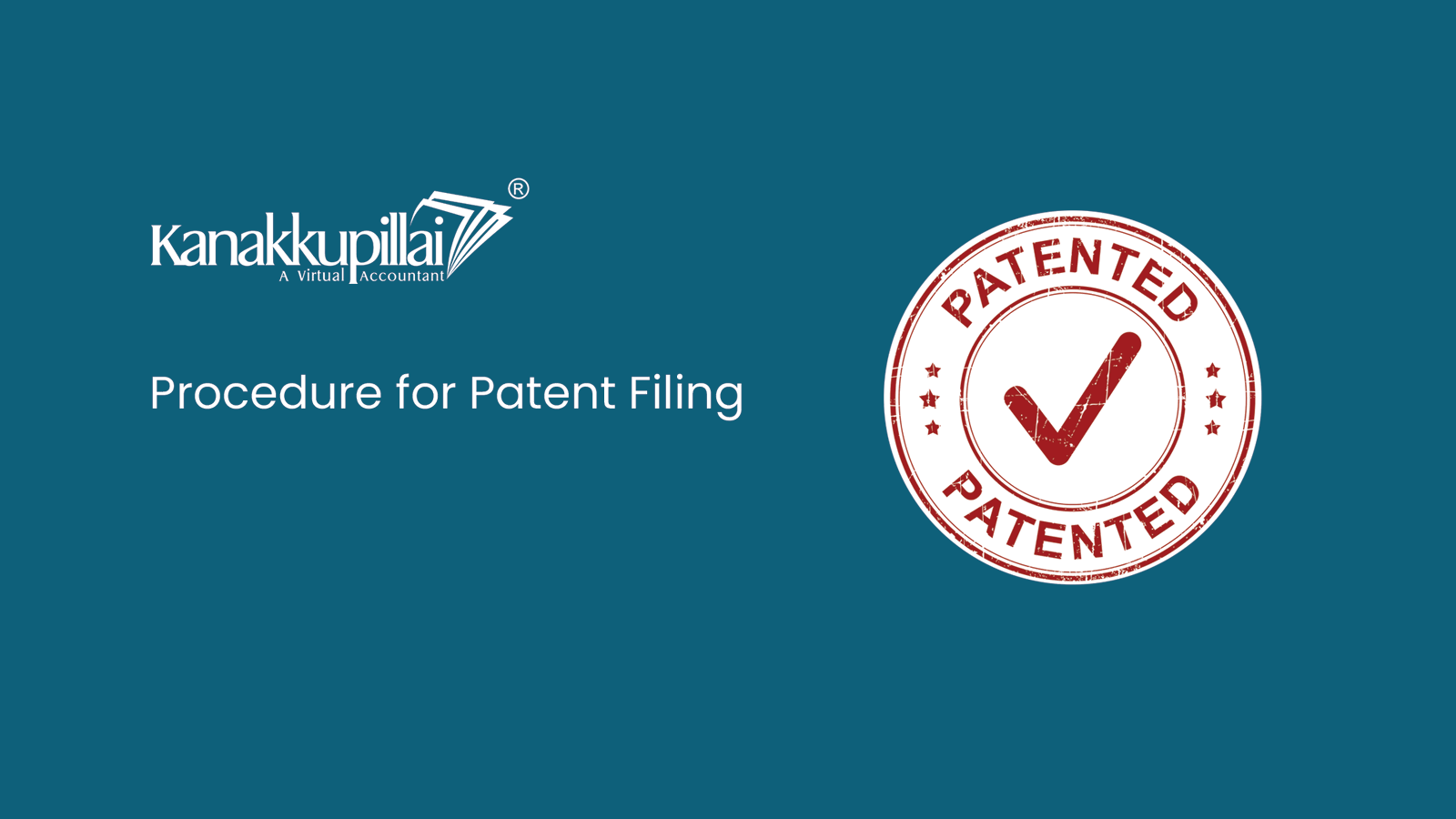![]()
- Searching for patent:
Prior to registration of any intellectual property right like trademark registration or design registration or copyright registration, it is advisable to conduct a search of the public database. A patent search will help the Inventor or Patent Attorney determine the novelty of the patent and its obviousness. Also, a patent search will help discover inventions that are already registered, helping the inventor better draft the patent application or extend the scope of innovation to distinguish from existing inventions.
-
Patent Filing:
Once a patent search is completed, the patent application must be drafted by the inventor or a patent attorney. The patent application must specification, a legal document with scientific information constituting patent rights. Specifications play a major role in the patent application process and must be drafted by an experienced patent attorney. The details of the invention must be clearly mentioned along with various features in the invention.
Patent specification are of two types-
- provisional specification and
- complete specification
-
Publication of Patent:
After the filing of patent application, if the application is acceptable, the patent application is published in the patent journal. Patent applications will not be published for 18 months from the date of filing of the application of from the date of priority of the application, whichever is earlier. However, if the patent applicant wishes to speedup the process, Form-9 can be filed to request for publication at the earliest.
-
Patent Examination:
After patent publication, a request for patent examination must be filed within 48 months of date of filing patent application or date of priority of the application, whichever is earlier. On request for examination, the patent application will be taken up by an Examiner. The Patent examiner will determine if the patent application satisfies the novelty, inventive step and other criteria established for granting patent registration.
-
Patent Registration:
On submission of a response to a First Examination Report, if the Examiner is satisfied that all criteria for grant of patent is satisfied, patent registration is granted. The term of validity of patent will be 20 years from the date of filing of the patent application.
Reach kanakkupillai to Register Your Business at Low Cost!
Email: support@kanakkupillai.com | Phone: +91 7305 345 345 –FREE Consultation for All States in India.
Don’t hesitate to call us/Email us, We are more than happy to help you out!





